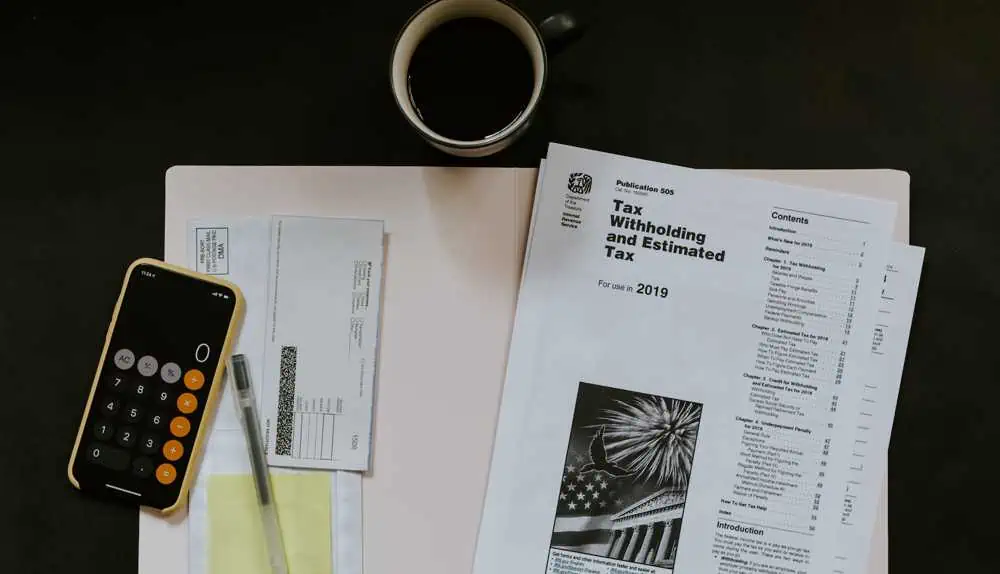Automated Clearing House transfers, also known as returned ACH payment, offer several alternatives for payment collection and are a quick and secure choice for many firms. Those who accept considerable sums of money and periodic payments (such as gyms, schools, etc.) find ACH payments to be especially useful (e.g., professional services and law firms). ACH networks handled 26.8 billion payments in 2020, although debit card or credit transactions are extremely common in the payments sector.
Organizations must comprehend the fundamentals of this type of transaction and what occurs when ACH transfers are reversed because ACH payments continue to increase yearly. One should understand what is an ACH return and what they can do about it.
What is Returned Mobile ACH Payment?
An electronic payment method between financial institutions is known as an ACH payment. Instead of wire transfers, credit card networks, cash, paper checks, or other methods for transferring money between bank accounts, these transactions are carried out through the ACH system. ACH payments come in two primary categories: Direct payment and direct deposit.
· ACH Direct Deposits
Any electronic payment made to a consumer by a company or a government body is known as an ACH direct deposit. Paychecks, tax returns, or interest payments are the most common types of direct deposits.
· ACH Direct Payments
Any electronic funds transfer between people or businesses is called ACH direct payment. Applications like Cash App and Venmo, which let users send money to each other’s bank accounts, are examples of direct payments.
ACH debit transactions that are successful can often be settled within one business day, while those that are failed or denied will result in an ACH return. To inform the ODFI that the input is a return based on an alphanumeric code, the RDFI may start a returned ach card payment entry. There are approximately 80 possible causes for an ACH payment to be denied, yet sometimes it may be due to insufficient money (R01).
When an entry is rejected, it is typically returned in two business days. An ACH return may take up to 60 days or two months to process in some circumstances (such as Return Reason Codes R07 and R10, where the customer is contesting or rescinding authorization).
The Process of ACH Return
A return code may be presented to a merchant when they process an ACH payment via their virtual terminal or an invoice. ACH payments are bank-to-bank transactions sent from an ODFI (Organizing Depository Financial Institution) to an RDFI (RDFI).
An ACH return happens when payments made by ACH to a merchant fail to transfer to the RDFI or merchant account that was intended. In this scenario, the RDFI will send a three-character ACH return code to the merchant that indicates the cause of the return.
ACH return codes occur when the funds are withdrawn, or the recipient’s account can’t be credited for some reason. This might result from an oversight on the part of the administrative staff or something more serious, like a client revoking authorization (similar to a chargeback). The NACHA has rules and regulations that must occasionally be followed.
Why Am I Receiving ACH Returns?
ACH returns are a common component of ACH processing, involving established procedures for effective management. The returns serve as a signal to notify the originator of the return cause. These are return codes composed of an R and two numerical digits.
There are roughly 70 distinct return codes that assist the transaction’s originator in determining the cause of a return. There are specified entry types and return window requirements for each return code.
The Causes of ACH Returns
When a transaction cannot process as anticipated, a returned ach card payment (also known as an ACH reject) is started. ACH transactions can be returned or refused after the transaction is taken to be complete because they do not process in real-time like a debit or credit card authorization.
When this occurs, an ACH return code describing the problem is created, and the RDFI sends a three-digit return code to the ODFI.
It’s not always necessary to be concerned when an ACH return occurs. A transaction may not be processed for various reasons, from the straightforward (such as an incorrectly typed account number) to the more complex (such as the revocation of transfer authority).
In any case, you may frequently work out problems by working with your client or the relevant financial institution. Finding the cause of an ACH return by looking at the code is the best action.
What Do ACH Return Codes Indicate?
Each ACH return code is composed of an “R,” a two-digit number, and then another “R.” Although there are 85 return reason codes for ACH transactions, most businesses only use a small subset of these return codes.
Only consumer accounts can use codes R05 and R07, which can take up to 60 calendar days to resolve. Most other return codes can be resolved in two banking days or less. To be clear, the resolution of ACH returns is handled by the ODFI and RDFI and is governed by NACHA. These codes are constantly changing, and depending on the return code, there are various restrictions for how the RDFI and ODFI must handle the return.
What to Expect from ACH Return?
The RDFI or receiving depository financial institution creates ACH debit returns in response to a transaction. Contrary to popular belief, an ACH transaction is not fully processed once confirmed. An ACH operator may ask for the cash to be returned for several reasons. So, how do ACH payments that are returned in reality work?
That said, monies are provided when a request is made to an ACH operator. The request is then sent to the bank that holds the accounts, and the operator requests that the accounts be returned if the request cannot be fulfilled. The process used to get the funds to use ACH return codes.
It’s also a good idea to review the “notice of change” (NOC), as this can affect how an ACH debit return is handled. Changes to bank mergers, account numbering schemes, and other events may modify a customer’s bank account information.
If this occurs, organizations that submit ACH requests with out-of-date information will have their requests completed but will then receive updated account information back from the bank. Before submitting the subsequent request, the submitter must amend the customer’s bank account information according to this change notice, known as updated information.
The transaction could not be able to be executed, which would result in an ACH debit return if out-of-date information is still in use in consecutive requests.
What is the Fee for ACH Return
You can be assessed a mobile ACH payment fee by some payment processors, which will appear on your monthly bill. (P.S.: Be sure to read those carefully for overcharging and unstated fees.) If there are return codes, Helcim does not impose an ACH return fee; however, your processor may impose this price in addition to the transaction fee. You should get more information if you select a merchant service provider and anticipate sending or receiving ACH payments.
Consequences of Too Many ACH Returns
ACH returns aren’t a cause for concern, reducing the ease and cost-effectiveness of ACH payments.
A small number of ACH return codes are unimportant. Still, it’s essential to know that NACHA sets a cap on particular return codes to uphold compliance with their operational regulations and guidelines. If these caps are broken, formal warnings or penalties may be imposed.
Ensure that less than 1% of your biweekly transactions are unlawful and that at least 85% are processed without return codes.
Turnover Time for ACH Return
The turnaround period for ACH return codes is typically two banking days. However, the turnaround time for some ACH return reason codes can be a little longer. For instance, since banking laws are generally consumer-friendly, unlawful debits to consumer accounts typically have a 60-day refund window.
Is There Any Dispute with ACH Return?

If the transaction satisfies specific requirements, ACH returns may be contested. If the transaction was misrouted, had a duplicate entry, contained wrong information, was not returned promptly as permitted by NACHA, or if an accidental credit to the receiver occurred during the reversal process, the RDFI might ask the ODFI to dishonor the return.
Dishonored returns must also be dealt with quickly because ACH returns typically have a turnaround time of two banking days. Within five banking days of the return settlement date, returns that match the requirements above must be submitted. At this stage, the RDFI may still contest them, in which case the controversy is settled outside the ACH network.
Conclusion
Returned ACH payment codes are only the bank’s way of informing you what went wrong with a particular transaction; they don’t have to be a mystery or a huge hassle. Verifying your customer’s financial details before sending an ACH payment request is the best approach to prevent return codes. Don’t panic if your payment is declined; most return codes may be fixed quickly, so you can resubmit the payment and get paid right away.

